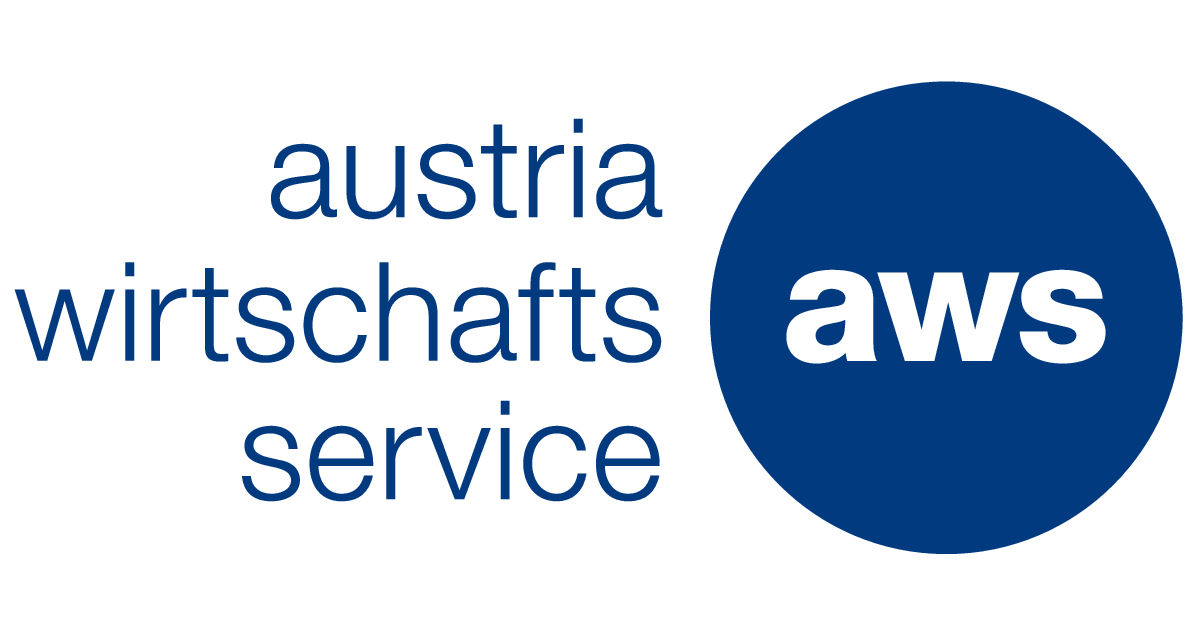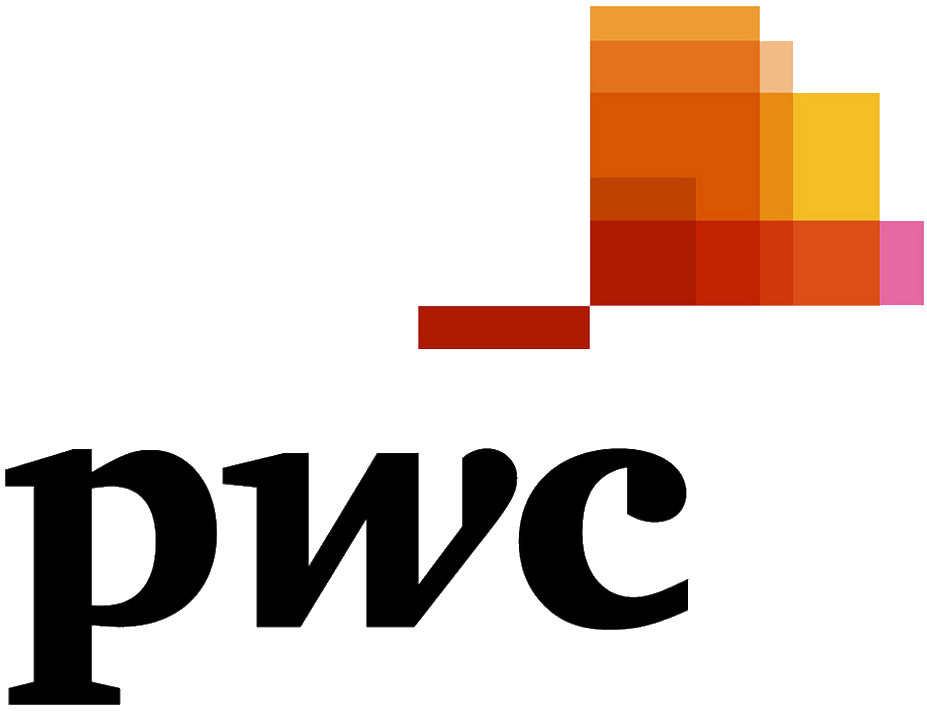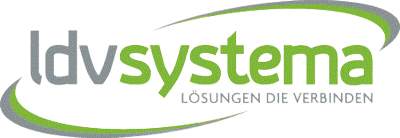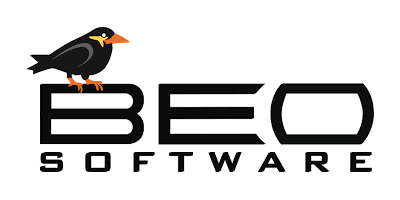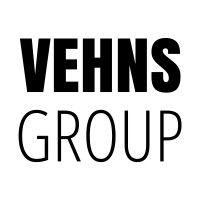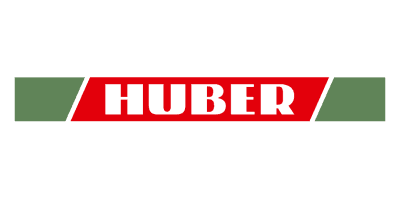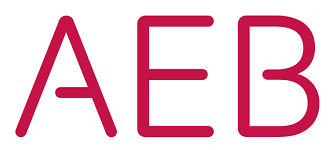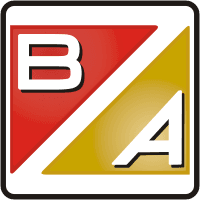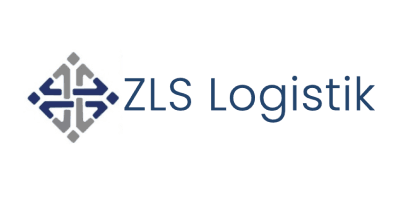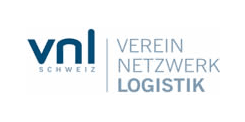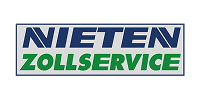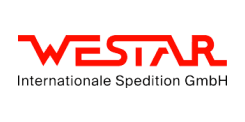IDP Tech Requirements & a Paperless Future - (IDP Blog Series Part 2)
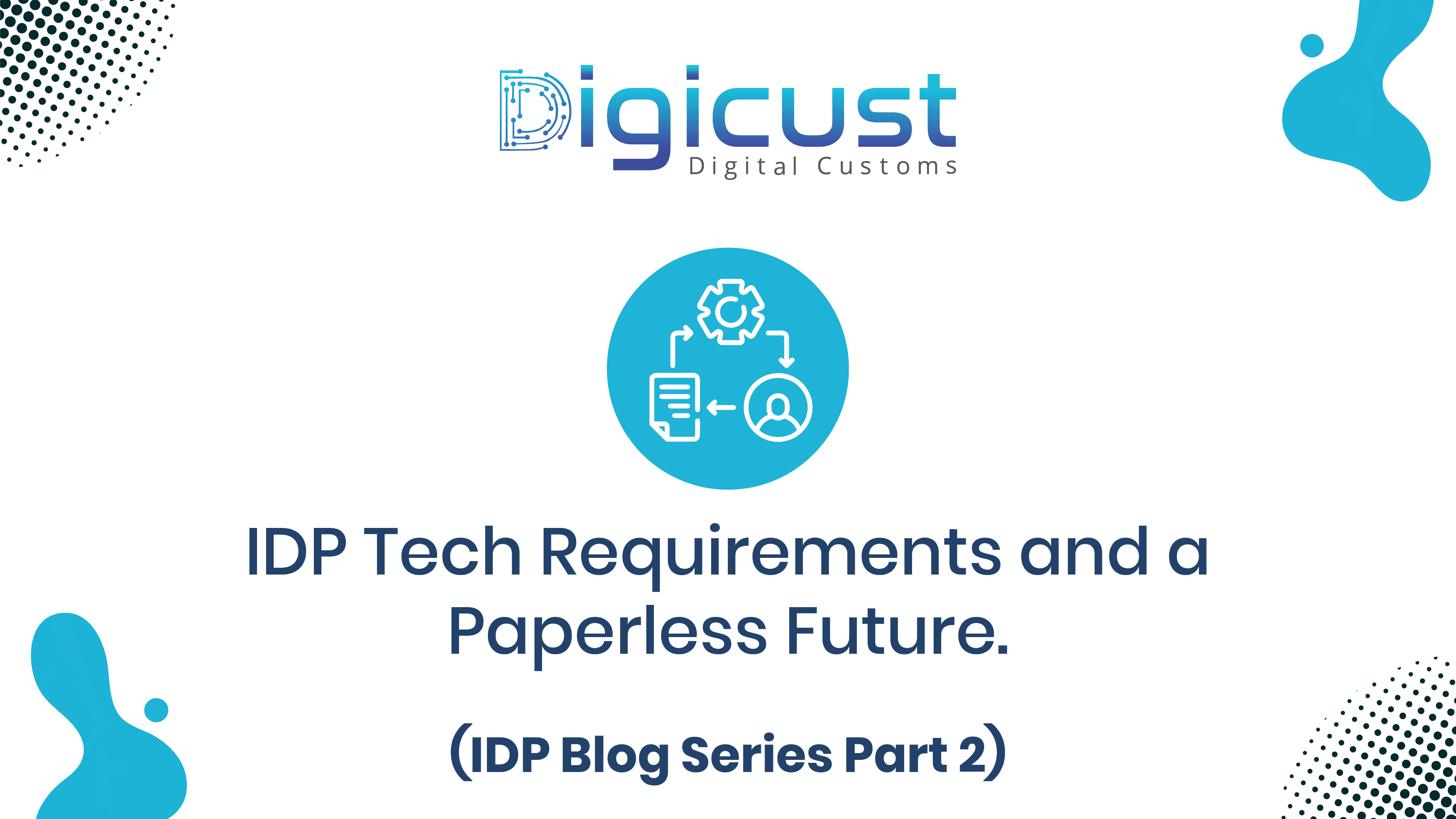
OCR Tech Requirements & a Paperless Future
Last week, a blog series of OCR technology and intelligent document processing (IDP) systems has been initiated by explaining a few basics of what OCR actually is, how Digicust applies this technology and which further technologies are necessary to digitalize the customs industry.
Today, an emphasis will be put on describing the prerequisites / requirements of applying OCR technology and an IDP system and how such technologies will look like in a paperless future.
Prerequisites for Efficient OCR & IDP Application
In order to use the technology successfully in the company, it is first necessary to have an actual problem for it, such as many invoices that are provided in PDF format and that have to be entered manually into the system. The more processes and problems there are in connection with the documents in PDF format, and the more documents, the better the use case.
Other requirements here are to adapt the processes to the respective customer. Here it is important to determine the type of channel through which, for example, PDF documents are sent to the customer. Furthermore, it is important to know the needs of the customer.
It is also necessary to recognize how the technology can be used in the business. For example, a pure AI-based OCR with document classification and data extraction alone is not enough to land a deal with the product at a customs service provider.
Insofar as the optimization of further customs processes is desired, cross-application and cross-user thinking is required. In the context of customs clearance, this requires the development of completely new systems in which all these technologies are fused together.
What to look for when choosing a service provider
The desired quality of the text recognition determines which characteristics one must look for when choosing a service provider:
- Quality of layout recognition
- The size and quality of the pattern database
- Quality of the error correction algorithms
- Colour, contrast, layout and font of the original document
- Resolution and quality of the image file,
- Length of the PDF document
- Customer base of the company (e.g., the more customers with different invoice layouts, the more walk-in customers, the more difficult it is for the company to achieve success from day one.) ## Are OCR & IDP Still Necessary in a Paperless Future? The technology will reach a very high level of maturity in about one to two years. It is assumed that completely new invoices and documents will soon be able to be processed electronically and made available in a structured format from day one without any or only minimal human intervention by such virtual intelligent robots (not only OCR, but the combination of different technologies makes this designation possible). An AI-based OCR is therefore much more of a driver of digitalization and will certainly be in use for a longer period due to its flexible applicability. Considering the many different ERP-, Transport management systems, customs software and other applications, a tool that can be easily connected will certainly be needed for the next 5 to 10 years, e.g., from the perspective of a customs service provider, to save connecting the customs software to hundreds or even thousands of other systems. Another reason for the future viability of such an IDP system is the complexity of customs processing itself. With such a large exchange of information and documents between the individual stakeholders, the result is quite simply a large volume of PDF documents. Making the documents available in structured XML or JSON format from the outset is often a wishful thinking directed at more companies. However, many companies seem to have a problem with this.
Digicust Support & Next Blog
As written in the previous blog, Digicust perfectly supports you in your IDP journey. This way you can quickly leverage from huge day 1 efficiency increases, enjoying automated IDP with little or no implementation effort at all.
Now that you know on what to focus on, when choosing an OCR and IDP systems provider, and that these technologies will last for lots of years providing the basis for digital transformation and more, come back next week. There, the requirement "of structured, semi- structured and completly unstructured documents" will be described in more detail, so that you know which aspects to consider during your analysis.
We hope you enjoyed the reading. Have a good day and stay tuned!
News from our Blog
Learn about customs clearance, foreign trade, our product updates and our latest achievements.

